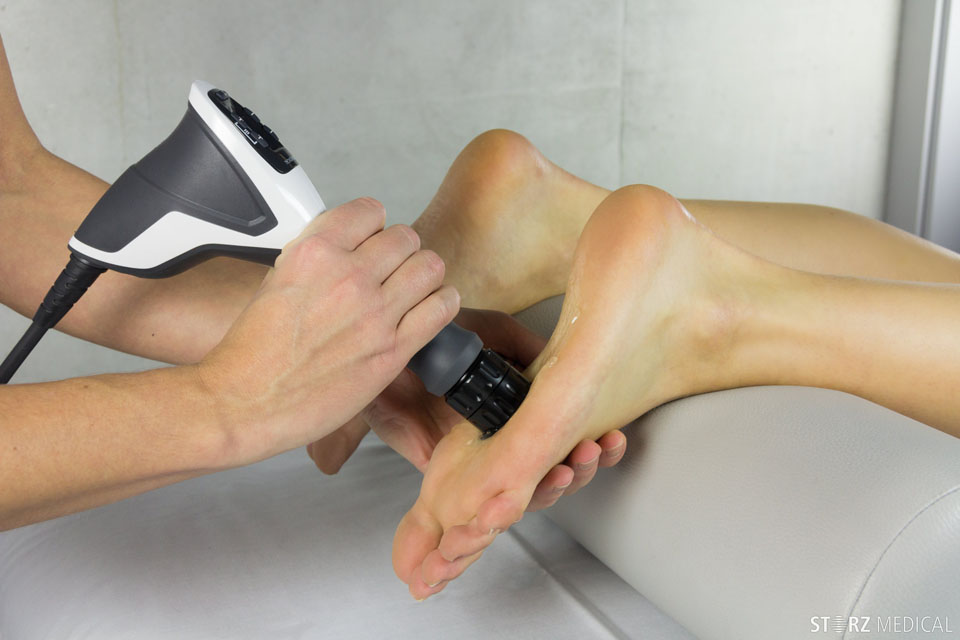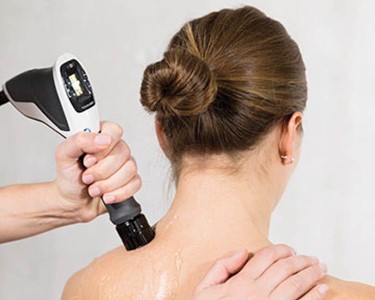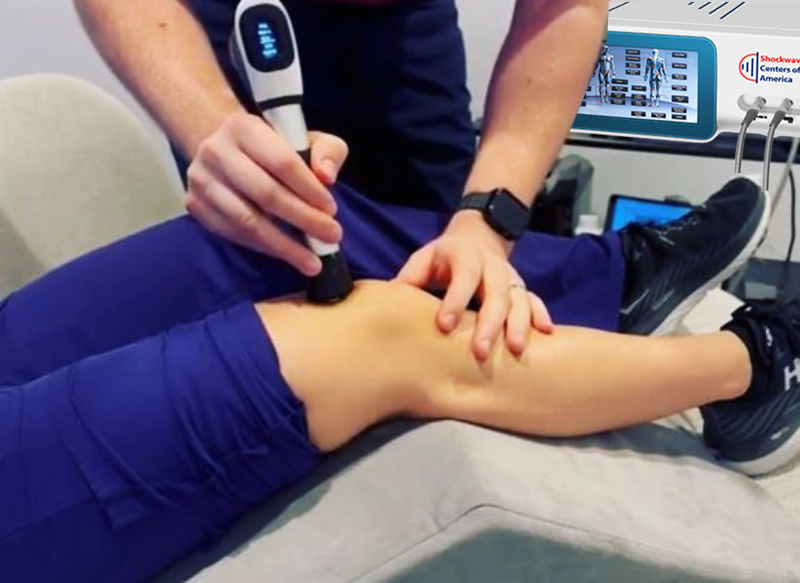


When an injury occurs within your body, your body immediately implements its own healing mechanisms to help naturally repair and restore the tissue, bone, cells and other compromised areas affected by the injury.
When you experience chronic pain, your body is no longer recognizing that there is an injury to that area. As a result, it shuts down the healing process and no further relief is provided, leaving you in a constant state of pain.
The shockwave therapy provided by Shockwave Centers of America penetrates deep into your soft tissue, causing a microtrauma or new inflammatory condition to the treated area. This “new injury” triggers your body's natural healing response once again. The energy emitted into the area also causes the cells in the soft tissue to release certain bio-chemicals that intensify the body's natural healing process. These bio-chemicals allow for the building of an array of new microscopic blood vessels in the soft tissue.
The strong energy pulses that are applied to the affected area for short periods of time stimulates cells in the body that are responsible for bone and connective tissue healing. In many instances, shockwave therapy treatments have proven to be effective in cases where the human body has not been able to heal itself on its own.
Schedule a call Read MoreThe practitioner carrying out the treatment will apply ultrasound gel to the injured area and then place the applicator to the area administering the ballistic waves (compressed air impulses) over the affected area in a very slow, circular motion.
Most patients do experience a minor level of discomfort during the procedure, however all measures will be taken to adjust the treatment to help manage any discomfort. Patients may also feel soreness in the area for a day or two afterward, similar to a strenuous workout.
Read Moreimprovement for plantar fasciitis
improvement for calcific tendonitis of the shoulder
improvement for tennis elbow
improvement for Achilles Tendinopathy
relief for Myofascial Trigger Point
improvement for patellar tendonitis
improvement for hamstring injuries
non invasive